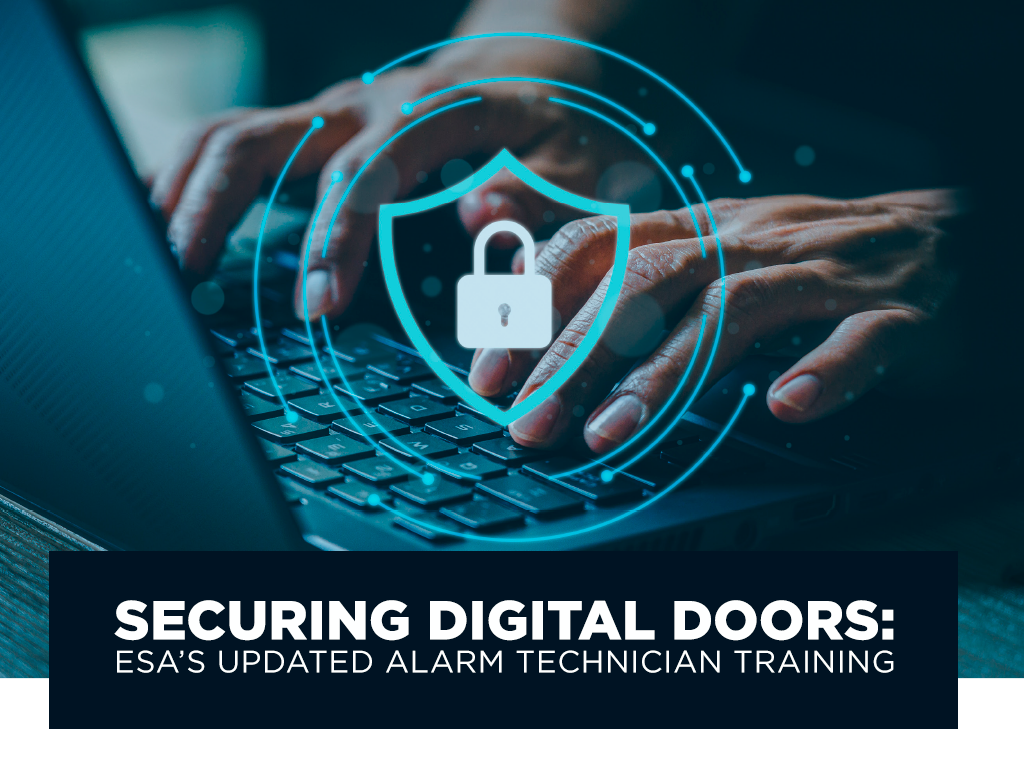Learning and Communicating in a Remote World

My kids have been learning virtually since the end of August and it has really expanded my views on communicating distantly. My fifth-grade son has mainly one dedicated teacher who is on Zoom with him and his classmates throughout the day, while my seventh-grade daughter has seven different teachers she is “zooming” with throughout the week. Listening in on the calls and assisting my kids with assignments, I have noticed that a few of the teachers are excelling at teaching virtually.
Successful teachers are putting substantial effort into being personable with their students to build a connection with them. I can see the effort they put in by the way they communicate with the students and establish expectations. They are also working extra hard to get students to engage and participate, using a wide range of activities and tools to encourage the kids to interact with each other including break out groups, apps, drawing, building, etc.
Others are dry and just read from a slide deck, and then say, “check Google Classroom for your assignment.” Those are the ones that I find are really struggling with teaching online and don’t have much patience with their new work environment. Those are also the classes my daughter is bored in and, as a result, her grades are suffering.

How do my children’s virtual learning experiences relate to your own companies’ training situation? It’s all about the best practices of excellent communication and clearly established expectations. These best practices can be utilized by managers and trainers alike:
- Ensure crystal clear communications to help your remote learners or teams stay up to speed.
- Precise communication is necessary in an in-person environment, but it must be even more superb when you are virtually separated because there are no physical cues to tap into and to make sure there is no room for interpretation.
- State exactly what learners need to know and repeat it in different ways: verbally with a written follow up, and then another follow up via a checklist.
- Be sure your students can find your communications in an organized, searchable fashion by being consistent with where and how you share your communications. If you are using Zoom, for example, share the documents you are showing via email or website. (Learning Management Systems (LMS) have great tools to help organize your learning resources.)
- Build rapport with your class/team by connecting with them on a personal level. Ask about their interests or share good-humor jokes. Connect on a regular basis so the group is gets opportunities to build personal connections with you and each other, which encourages participation in the learning forum.
- Example: I like to tell my team or students stories about my life so they can see I am a fallible human being just like them, including funny stories about my pets, kids or DIY fails I have attempted.
Whether you are a manager or trainer, working in a virtual environment is going to take some extra effort. I am proud to say that ESA’s National Training School Instructors have stepped up to the plate. Their love for teaching and their passion for the subject matter really shines through during their virtual training Zoom sessions. They work so diligently to get to know the technicians in their classes so they can provide the right amount of support during the training.
Most of ESA’s core courses (those used for licensing) are now offered virtually, so visit our site to learn more.




